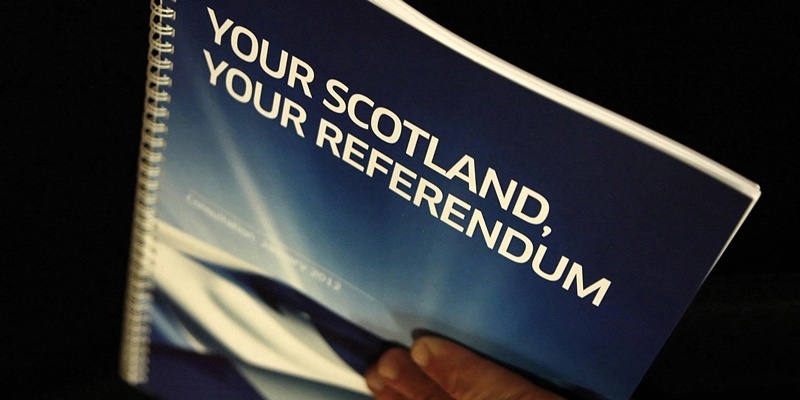A powerful committee of MPs have drawn up a list of questions they believe must be answered before Scots can decide on independence.
The House of Commons Scottish Affairs Committee has published a report (link) outlining the issues it wants resolved before Scotland considers breaking away from the United Kingdom.
It identifies six key areas for debate in the run-up to the referendum First Minister Alex Salmond plans to hold in autumn 2014 cost, defence policy, membership of international organisations, currency, pension payments and bank regulation.
The committee launched two separate inquiries on the Scottish Government’s plans for separation in October, with today’s report compiled in response to 47 initial submissions from the public.
Committee chairman Ian Davidson said the committee will now hold formal evidence sessions to explore the issues in more depth and will report on each in due course.
”The responses we’ve had clearly show that there is confusion and concern about this, but also that you only need to scratch the surface to reveal how many complex questions there are,” he said.
Committee member Lindsay Roy told The Courier he has received questions from constituents about issues including the future of RAF Leuchars in an independent Scotland and whether there will be free movement between England and Scotland.
The report calls for Scottish Secretary Michael Moore to take responsibility for coordinating the responses across government to provide ”factual, unbiased” information for the public. Scottish Government ministers will also be asked to appear in front of the committee.
”In addition to this work we are doing, we also expect those who support the break-up of Britain to explain the consequences for the jobs and lives of ordinary Scots,” Mr Davidson said.
The SNP’s chief whip at Westminster, Stewart Hosie, branded the report an ”embarrassment”.
The Dundee East MP said: ”Apart from its predictably pejorative approach to the issue of Scotland’s constitutional future, this shoddy report from the anti-independence parties has been totally overtaken by events.
”It raises questions which have been dealt with in detail by the Scottish Government’s white paper published way back in 2009.
”The issues it raises include the currency of an independent Scotland, which is now widely accepted will be sterling, with even Scottish Secretary Michael Moore accepting that Scotland will keep the pound after independence.”
The committee is Labour-led and has Conservative and Liberal Democrat members. The sole SNP representative, Eilidh Whiteford, is boycotting proceedings due to remarks made by Mr Davidson last year.
Scottish Conservative Constitution spokesman David McLetchie said: ”This inquiry is to be welcomed and the onus is now on the Scottish Government to fully co-operate with it to ensure the Scottish people have all the information they need before the referendum is held.”
Some of the key questions raised by the report include:
What is Scotland’s share of the national debt?
How would North Sea oil revenues be defined and distributed?
Would Scotland retain the use of sterling? If so, would it be fiscally independent?
What would be Scotland’s credit rating?
What is the potential impact of consitutional uncertainty on inward investment into the UK as a whole, and Scotland specifically, in the period before a referendum?
Would Scotland have a separate armed forces, and if so how would they be constituted, configured, funded and equipped?
Would Scottish citizens continue to serve in English, Welsh and Northern Irish regiments and vice versa?
Will a passport be required to travel?
Will Scottish citizens have free access to NHS services in England, Wales and Northern Ireland, and vice versa?
Would Scotland automatically become a member of the EU?
Would adopting the euro be a condition of entry?
Photo by Danny Lawson/PA Wire
